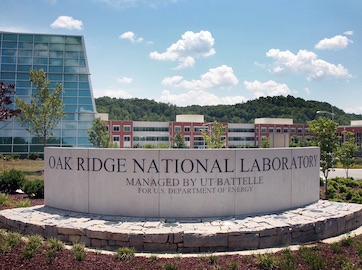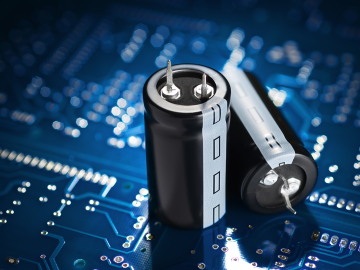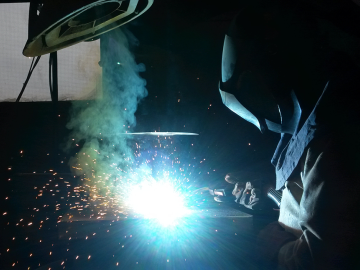Filter Results
Related Organization
- Computing and Computational Sciences Directorate (6)
- Energy Science and Technology Directorate (47)
- Fusion and Fission Energy and Science Directorate (2)
- Information Technology Services Directorate (1)
- National Security Sciences Directorate (3)
- User Facilities (2)
- (-) Physical Sciences Directorate (11)
Researcher
- Amit Shyam
- Alex Plotkowski
- Alice Perrin
- Beth L Armstrong
- James A Haynes
- Sumit Bahl
- Ying Yang
- Ben Lamm
- Christopher Ledford
- David S Parker
- Dean T Pierce
- Edgar Lara-Curzio
- Ethan Self
- Frederic Vautard
- Gerry Knapp
- Jovid Rakhmonov
- Jun Qu
- Matthew S Chambers
- Meghan Lamm
- Michael Kirka
- Nicholas Richter
- Patxi Fernandez-Zelaia
- Ryan Dehoff
- Shajjad Chowdhury
- Sunyong Kwon
- Tolga Aytug
- Yan-Ru Lin
- Yong Chae Lim

Currently available cast Al alloys are not suitable for various high-performance conductor applications, such as rotor, inverter, windings, busbar, heat exchangers/sinks, etc.

The invented alloys are a new family of Al-Mg alloys. This new family of Al-based alloys demonstrate an excellent ductility (10 ± 2 % elongation) despite the high content of impurities commonly observed in recycled aluminum.

A novel and cost-effective process for the activation of carbon fibers was established.
Contact
To learn more about this technology, email partnerships@ornl.gov or call 865-574-1051.

New demands in electric vehicles have resulted in design changes for the power electronic components such as the capacitor to incur lower volume, higher operating temperatures, and dielectric properties (high dielectric permittivity and high electrical breakdown strengths).

This invention describes a new combustion synthesis route to produce high purity, high performance DRX cathodes for next-generation Li-ion batteries.

High strength, oxidation resistant refractory alloys are difficult to fabricate for commercial use in extreme environments.

Welding high temperature and/or high strength materials for aerospace or automobile manufacturing is challenging.

Electric vehicle drive fluids must have a high dielectric constant to avoid current leakage or even short circuits. On the other hand, lubricants should possess sufficient conductivity to allow static electricity to be released.

